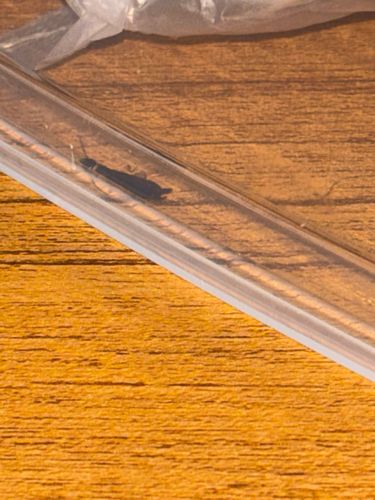Fungus Gnat
Scientific Name: Bradysia spp.
Order & Family: Diptera, Sciaridae
Size: 2-8 mm (adults)

Natural Habitat
Damp, organic-rich environments such as potting soil, compost piles, and decaying plant material. Often found indoors around houseplants.
Diet & Feeding
Adult fungus gnats feed infrequently, if at all, and typically consume liquids. Larvae primarily feed on fungi, decaying organic matter, and plant roots, especially fine root hairs of seedlings.
Behavior Patterns
Adults are weak fliers and are often seen walking or resting on soil surfaces and foliage. They are attracted to light and moisture. Larvae live in the soil. The life cycle from egg to adult is typically 17-28 days, depending on temperature and species.
Risks & Benefits
Potential risks include damage to plant roots, especially young seedlings, leading to wilting, stunting, or even death of the plant due to larval feeding. They can also be a nuisance indoors. They are generally not harmful to humans or pets through bites or disease transmission. In nature, they can contribute to decomposition.
Identified on: 10/11/2025